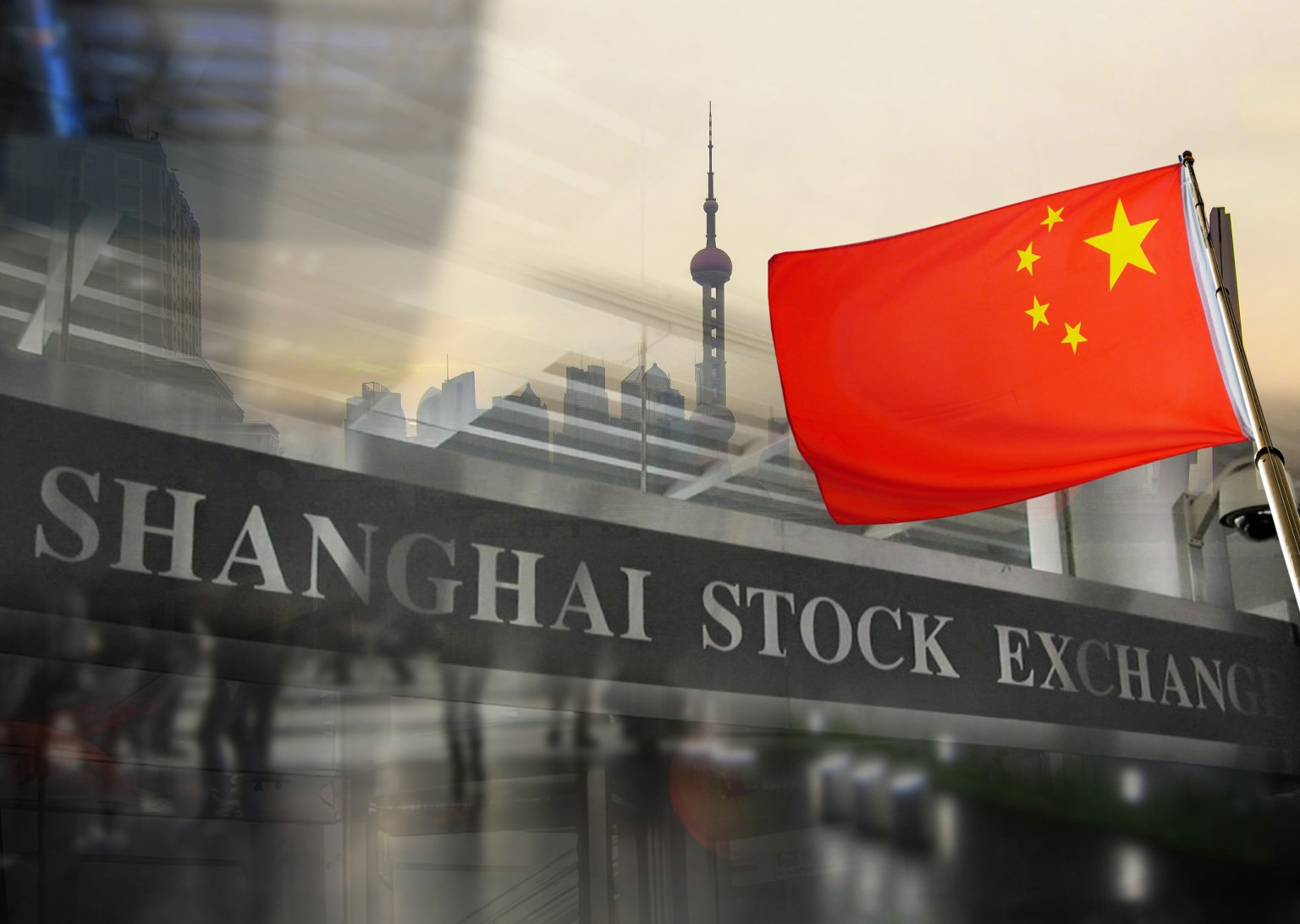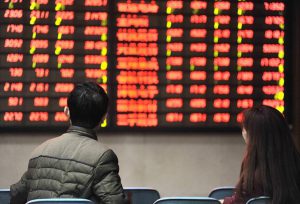STAR&CHINEXT 50 Index, which has doubled in value this year, will be tracked in a further maturity of China’s financial markets
(AF) The first exchange traded funds (ETFs) to track the 50 most valuable companies listed on China’s two Nasdaq-style startup boards will start selling on Monday, providing investors with a new option to tap growth markets.
The latest move to develop China’s financial system and deepen liquidity will see nine ETFs track the STAR&CHINEXT 50 index – nicknamed the “Double Startup 50” – which draws its components from Shanghai’s STAR Market and Shenzhen’s ChiNext Board. The index was launched by China Securities Index last month.
The ETFs are managed by Guotai Asset Management, E Fund, Fullgoal Fund, China Asset Management, and China Merchants Fund, among others.
Subscription for all nine ETFs will start on June 21, according to filings by the asset management companies.
“The ‘Double Startup 50’ combines the best companies from the two startup boards. It integrates the advantages of the two boards in one. In the future, investors will be able to access both boards through one index fund,” Zhang Yulong, an analyst from China Securities, said.
These ETFs will provide investors with a more convenient investment channel, and help boost market liquidity, he added.
MARKET INSIGHTS: China Stock Market Guide: Everything You Need To Know
China’s answer to Nasdaq
China launched the ChiNext Board in 2009 as an answer to Nasdaq. The STAR Market is much younger, and was launched in 2018. Stocks on both boards are permitted to move 20% on any day before a circuit-breaker kicks in to prevent exaggerated losses or gains. Shares on the main board have a daily movement cap of 10%.
Because of the high volatility of the startup boards, China’s stock exchanges have required that only “savvy” investors with at least two years of stock-trading experience can invest in the STAR Market or the ChiNext Board. There are also minimum asset requirements for the two boards – 500,000 yuan ($77,550) for the STAR Market and 100,000 yuan ($15,510) for ChiNext.
The entry barrier is much lower for the STAR&CHINEXT 50 Index ETF. Anybody with a brokerage account can invest in it, and buying the minimum 100 units of a fund only costs several hundred yuan.
The ‘best’ of two boards
Constituents of the STAR&CHINEXT 50 include leading companies in the medical, electric vehicle, solar power, and semiconductor sectors, such as Tesla’s battery supplier Contemporary Amperex Technology (CATL), medical equipment maker Mindray, vaccine maker Chongqing Zhifei Biological Products and China’s largest chipmaker, Semiconductor Manufacturing International Corp (SMIC).
According to the analysis of Huang Yue, a fund manager at Guotai Asset Management, the STAR&CHINEXT 50 has soared 105% since the beginning of 2020 to June 4, dwarfing the performances of SZSE CHINEXT 50, SSE STAR 50, and the CSI 300.
The SZSE CHINEXT 50, which tracks the top 50 companies on the ChiNext Board, surged 80% over the same period. The SSE STAR 50, which consists of the top 50 companies listed on the STAR Market, rose 43%.
The CSI 300, a key index tracking the top 300 companies listed in Shanghai and Shenzhen – main boards and startup boards all included – increased by 30%.
The annualised yield of STAR&CHINEXT 50 is 69.13%, about 51 percentage points higher than CSI 300, analysts from Guotai Junan Securities said, judging by year-to-date data.
Best performing
Of all 50 companies included in the STAR&CHINEXT 50, more than 70% are listed on the ChiNext Board, indicating that the index’s performance should be similar to that of the SZSE CHINEXT 50, Chen Aoling, an analyst from Guotai Junan Securities, said.
“The ‘Double Startup 50’ has selected the most popular and best performing stocks based on CHINEXT 50. It also includes the leading stocks with high flexibility from the SSE STAR 50. Therefore, the index’s performance would be better than both CHINEXT 50 and STAR 50 in a technology bull market,” Chen said.
However, he warned that people could also lose money if stock prices of the tech companies fall significantly, or if the overall stock market collapses.
ETFs have become popular with Chinese retail investors who trade for short-term gains due to their flexibility. Institutional investors also add ETFs to their portfolio to grab periodic opportunities of sectors.
This year alone, a total of 112 ETFs have been launched in China, with 69 billion yuan of assets under management.
























